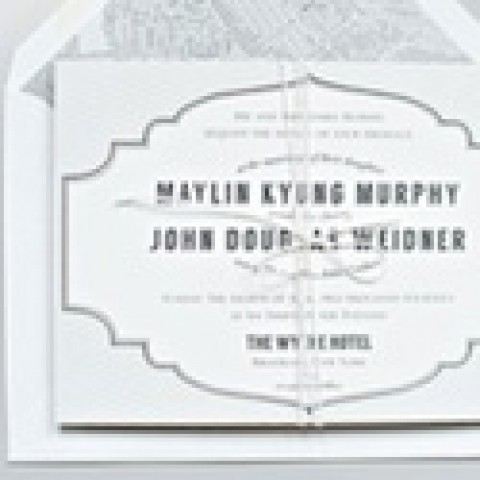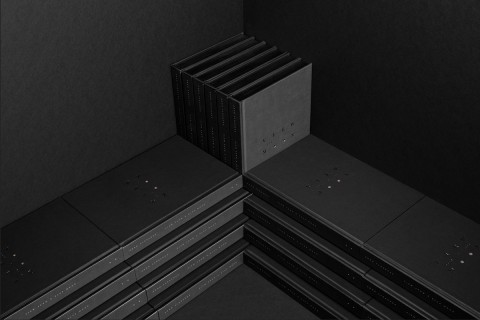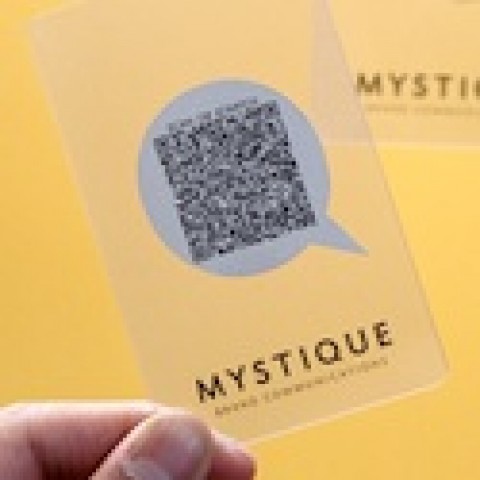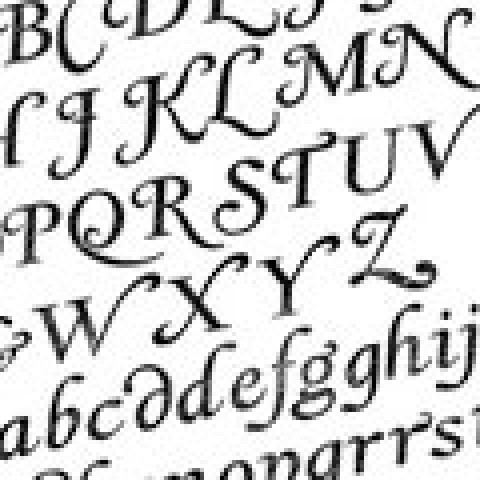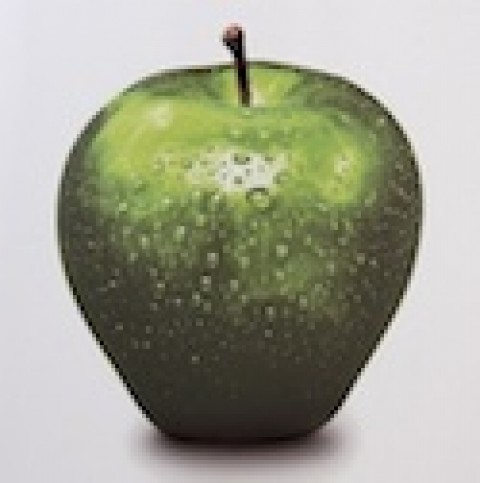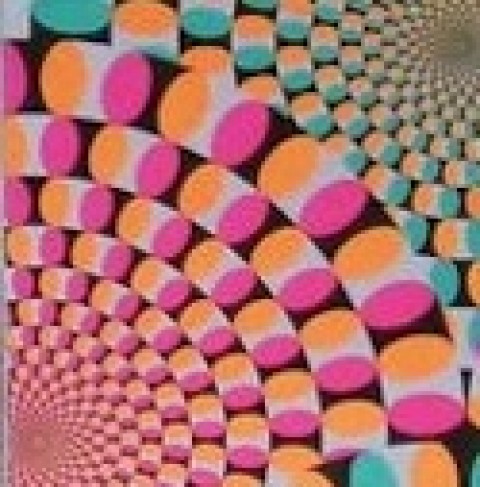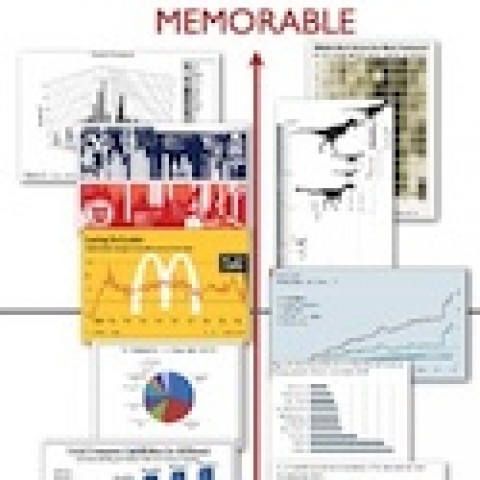
By Sabine Lenz
“This whole FSC labeling is such a hoopla, it just is not worth it.” Francesca, a good friend of mine (and a true skeptic), was letting off some steam. “And how do I know that the paper the printer sells me is really FSC certified anyway? For all I know they could just …”
I am sure Francesca is not alone in her reservations.
How can you really be sure?
This is a very good question. I know of one printer (nope, I will not give his name as I fear my life might be in danger ;-)) who did not have enough of the requested FSC-certified paper and “exchanged” it for an uncertified, virgin batch mumbling that “the client will never know the difference.”
This was in the early FSC days; people like him are the reason that the certification bodies had to tighten the reins and ask more questions…and require more paperwork. A pain in the you-know-what? Maybe, but it looks like we need it to be sure we get what we pay for.
On top of the paperwork, there are still ample myths and misinformation floating about, so I took some of your more frequent questions and created this FSC FAQ for you. No smoke, no mirrors, just facts.
Other than paper certificates, is there a way to verify that the paper used is FSC?
Looking for the FSC label is the best way to verify that the product is FSC certified. If the supplier is also applying the FSC label, or if the supplier wants to sell the product with an FSC Chain of Custody claim, they will need to be FSC Chain of Custody certified.
An FSC-certified printer, when producing an FSC-certified product, will need to use the FSC label on the product and provide verification that the product is FSC certified on the invoice. The document will contain the unique FSC Certificate Code for the supplier and the corresponding FSC claim listed next to the item. A buyer may also verify the validity of the FSC Certificate Code on the public FSC Certificate Database.
To use the FSC logo, do ALL papers used in the book need to be FSC, including the caseboard? The printer claims we can use the seal if up to 70% of the materials are FSC.
All materials used to make an FSC certified book must come from eligible inputs, such as FSC-certified material, recycled materials, or other controlled sources.
There are two systems in the FSC Chain-of-Custody program that allow printers to create an FSC-certified product. Many printers are on what is called the Percentage System. This provides printers with the ability to create an FSC-certified product with the FSC label as long as 70% of the material comes from FSC-certified sources, while the other 30% must come from recycled or controlled material. Under no circumstances does FSC allow a certified product to be produced with uncontrolled materials.
Controlled materials are verified to ensure that fiber did not originate from destructive forestry practices, such as illegal logging, deforestation, or forests with high conservation values like rare old-growth forests.
FSC has provided additional guidance for the certification of books, and has determined exactly what elements of a book need to be certified for the FSC label to be used.
The cover and internal paper of a book must be certified for the product to carry the FSC label. However, additional elements such as dust jackets or slip cases are not necessary for the product’s function, and therefore certification of these elements is optional. For the full guidance on what elements of a product need to be certified, please see the FSC Directive on Chain of Custody Certification (FSC-DIR-40-004).
Can we use the FSC seal if the cover is film laminated, which is typical for softcover and hardcover printed case-wrapped books?
Only elements of a product that contain material originating from forests need to be considered for FSC certification and use of the FSC label. If the film cover contains forest-based materials and is also essential to the product’s function, then the film will also need to be certified if the FSC label is to be used on the product.
However, if the film cover is not forest based and all other elements of the book are coming from eligible inputs and meet the FSC Chain of Custody requirements for labeling, then the FSC label can be used on case-wrapped books.
Are the FSC logo use requirements different in the U.S. from China and Korea?
FSC Chain of Custody certification and the FSC Trademark Standard are globally recognized standards that have the same requirements no matter where you are in the world. The only difference that may occur globally is in the variation of the use of the appropriate Trademark Registrations when using the FSC Trademarks (“FSC checkmark-and-tree” logo, the initials “FSC”, and the name “Forest Stewardship Council”).
Some countries will use the ® while others are asked to use ™. For a complete list of these requirements, please refer to the FSC Standard for Requirements for use of the FSC trademarks by Certificate Holders (FSC-STD-50-001_V1-2).
How do we know if our design with the FSC logo meets FSC approval? Is it the printer’s responsibility or ours?
The printer must receive approval from their Certification Body (aka, auditor) before any production of the FSC certified product occurs. The printer can work with any design team to make sure they have the correct FSC label, but ultimately the printer will need to send the design to the Certification Body for approval of its use on the product.
For all FSC logo and label use requirements, please consult the FSC Standard for Requirements for use of the FSC trademarks by Certificate Holders (FSC-STD-50-001_V1-2). This standard will provide all the guidance you need to make sure your design team uses labels correctly to ensure a quick turnaround by the Certification Body for approval.
Typically, Certification Bodies can turn around requests for logo use in a reasonable amount of time. But to be sure, an FSC certified printer should check in advance with their auditor to confirm how much time is required.
What are the consequences if the logo is inadvertently misused?
Misuse of the FSC Trademarks, be it on products or through promotional use, are taken very seriously. FSC trademarks may only be used by those who have obtained authorization, and must be used in compliance with FSC’s trademark standards and guidelines. FSC has a trademark protection strategy to identify anyone infringing upon their intellectual property rights and to take legal action against them if necessary.
While misuse of the FSC Trademarks is a very serious infringement, there may by occasional misuse of them by authorized users, such as Certificate Holders. Misuse of the FSC Trademarks by authorized users is rare, as all uses of the FSC Trademarks by Certificate Holders MUST be approved first by their Certification Bodies.
If a Certificate Holder does misuse the FSC Trademark, the Certification Body will work with the Certificate Holder to ensure compliance. The corrective action steps taken by the body may be minor if the infraction is the first one or if it is small, but these consequences can increase in severity depending on the seriousness of the infraction, or if the infraction is minor but consistently reoccurring. Ultimately, the body can suspend or even terminate the Certificate if the infraction is severe enough.
Thanks a lot to Lori Knosalla and Eliza Beitman from FSC for their help.
—————

Copyright 2013 PaperSpecs.com.

